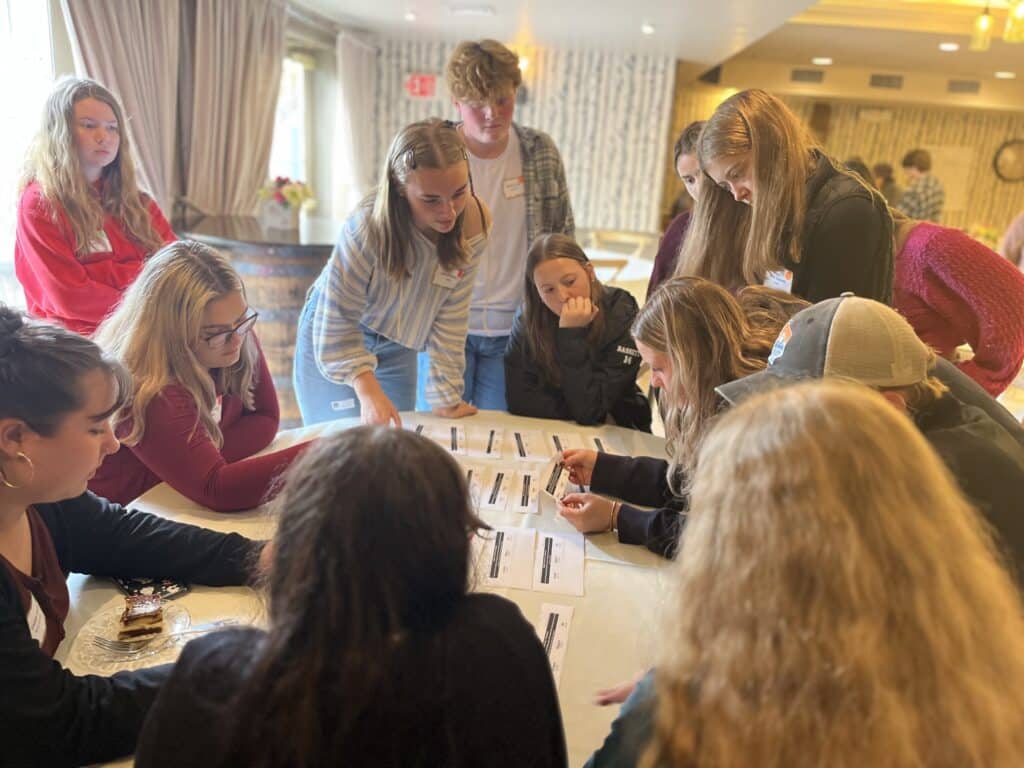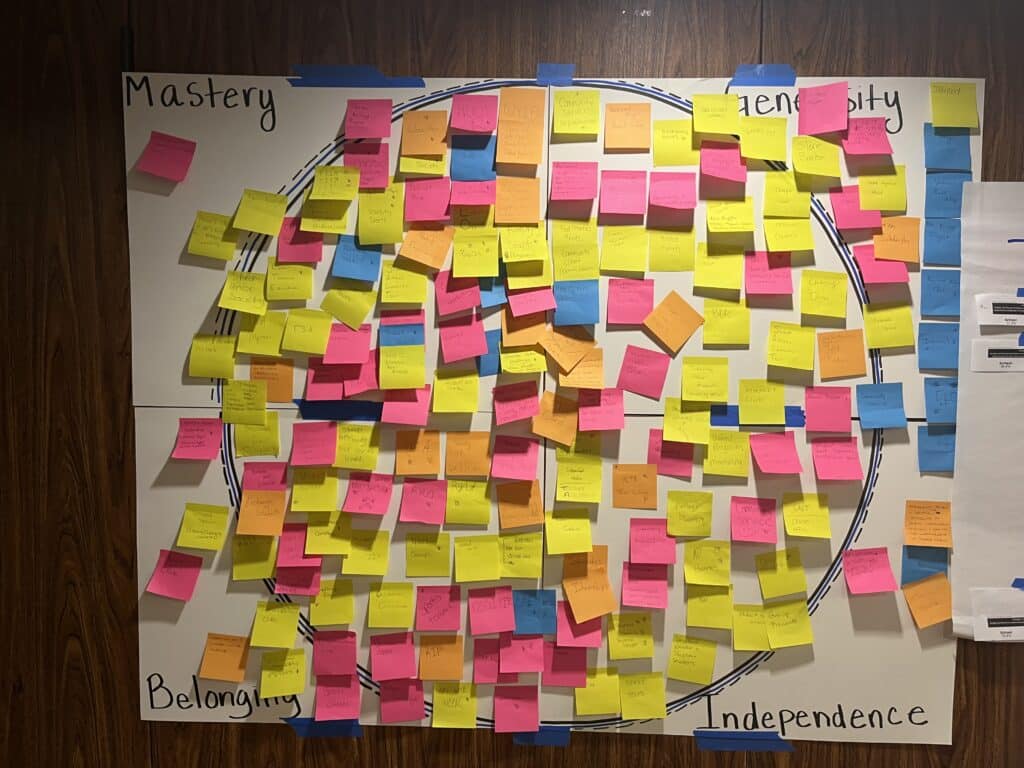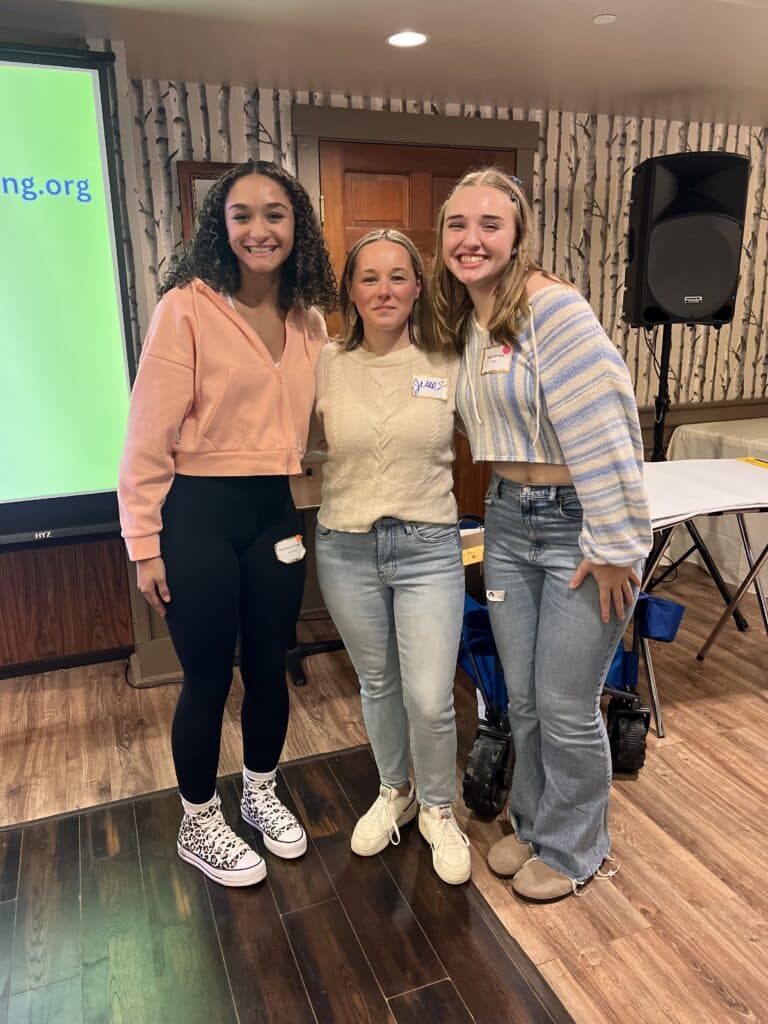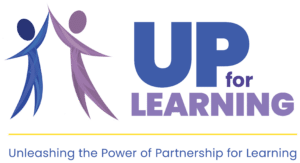So far this year, Program Director Jesse Brooks has facilitated five Getting to ‘Y’ (GTY) trainings across Vermont, New Hampshire, and Massachusetts, half-day events in which middle and high school youth learn to lead their teams and school communities through analysis of data from the Youth Risk Behavior Survey (YRBS), identifying strengths and concerns that they see. Each team decides on an area of concern they would like to focus on, and then takes concrete action towards improving the health of their communities, which could include addressing mental health concerns, safety, or substance use prevention, to name just a few. The following is an interview with Jesse:
What excites you most about Getting to “Y”?
Last year I got to meet UP for Learning founder, Helen Beattie, and she told me the story of the creation of Getting to ‘Y’. She was saying that when she was working at a school, she found that one of the largest groups of constituents in education, the youth, were not part of the decision making of what was happening in their schools and learning. She saw a huge opportunity when she was introduced to the Youth Risk Behavior Survey (YRBS) data, and realized that the information went to health professionals and other adult constituents, but was never shown to the students themselves. She wanted to return the data to the students, and that was the birth of GTY. It is so inspiring that we are giving the data back to the people who gave us the information, and then they get to do something with it. It’s a huge opportunity for them. They are deeply connected to it because it’s their voice, and they get to decide what it is they want to do. Is there something they love, or don’t love, and is there something they want to address? It’s all theirs; they get to own it, they get to do it.

What are some recent highlights/memorable moments from this year’s fall trainings?
There is a theme this year, and that is honesty. This year we have created a great deal of time and space for discussion and conversations. What has come out of them is a lot of honest feelings and stories about this opportunity to feel a part of something, and about why they are participating. Youth want to create changes. They are sharing things about themselves, and they appreciate the opportunity. They say that they are fueling a side of themselves that they value. I love the unplanned moments where we can really be with the people with whom we are sharing the space. I’ll go from one training that has 55 participants, to one that has 15, to one that has 71, and there’s still a lot of the same thing happening: honesty. These youth have lived through a pandemic, a recession, multiple epidemics and more seems to pop up daily. They are open about sharing their stories and using GTY as a framework to make things better for themselves, their peers, and their communities.
What are some challenges that you have run into during this year’s trainings?
We are doing a lot of trainings this year, and sometimes that can lead to me and the other facilitators comparing one training to another. Sometimes that’s not a good thing, because you realize you forgot something, or you think one activity went better than another. It’s really easy to think about mistakes, or things that we missed. The reality is, the people in the training don’t have that larger knowledge and same experiences to compare; they don’t know that you might have forgotten to do something, for example. As facilitators you can get in your head when you have a lot to compare it to. One thing that I’ve learned from being at UP is that it’s OK to make mistakes, and to learn and grow. The organization provides a safety net that is ready to catch me, help me get back up, and be better for it. Even if I think the training didn’t go well, I know I have the support of my co-workers. Having UP Program Director Pat LaClair there to bring his experience and expertise has been great.

What is the role of youth-adult partnership in Getting to “Y”?
We see it in a number of ways. We always try to co-facilitate with youth. We ask youth and adults to review the data and identify strengths and concerns together. The youth and adults also think about representation together; if they can’t bring in 60 participants, they can bring in ten from populations whose voices are not being heard, who are not always invited to the table. One of my favorite parts of GTY is that there are really good checks and balances; youth and adults can identify together who might be missing. The youth get to choose the action, implement, and see the change, and adults get to learn to trust youth leaders. This is an amazing opportunity for adults to see that youth really do want to be a part of decision-making and finding solutions. When we wrap up GTY, it’s nice to reflect back and see that all people were a part of it, even though it’s primarily youth-driven everyone seems to get something out of it.
What are your hopes for Getting to “Y” going forward?
I would love to see GTY be something that all schools in the country do as part of their strategic plans! It’s something that all schools who have the data can do. It’s a great way to introduce youth-adult partnership, and for students to be a part of what is going on at their school, to know that their ideas and work are contributing to a better experience.


